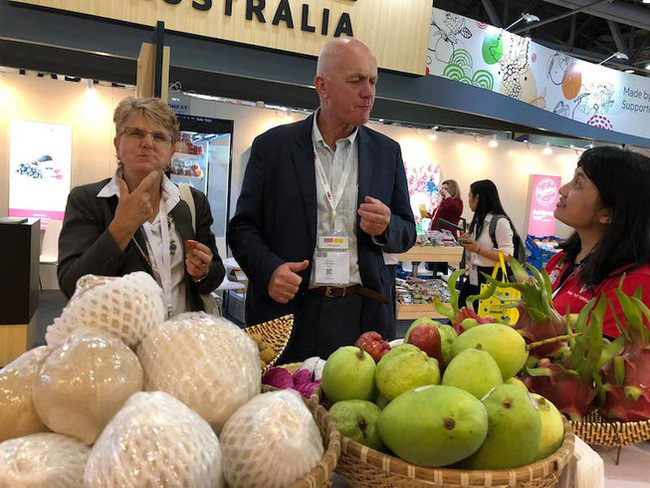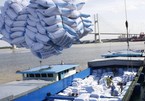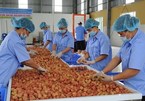According to Vu Kim Hanh, director of the Business Studies and Assistance Center (BSA), Vietnam’s farm produce has many problems which have existed for years.

First, Vietnam mostly exports raw products because of its outdated processing and preservation technologies. Farmers abuse chemicals (fertilizer, pesticides) in cultivation and products don’t have even quality and clear standards, which makes it more difficult to overcome technical barriers.
Second, Vietnam still doesn’t have good distribution networks both in the country and the world market.
Hanh said foreign buyers hold prejudices about high chemical residue in Vietnam’s farm produce. Only five percent of Vietnam’s farm produce can meet international standards.
The produce lacks strong brands and cannot squeeze into the global trade chain. The situation has improved recently, but at a very slow pace.
Hanh believes that both farmers and businesses urgently need more information.
| Exporting $43 billion worth of farm, forestry and seafood produce this year has been a difficult task, though the situation improved when European and regional countries began reopening their markets. |
The market changes rapidly. Updating information and knowledge about markets is the most important thing for now,” Hanh said.
Vietnamese farmers’ understanding about the Chinese market, for example, has become out of date.
“They think that China is a market easy to please and all products can be sold in the market. They believe that they can just carry products to the border areas and lower selling prices to export to China,” Hanh said.
But the doors for Vietnamese enterprises to export produce across the border have been gradually closing. China now requires high-quality products which meet certain standards and have origin traceability.
Dragon fruit is another example which shows the lack of information among Vietnamese farmers.
An analyst said Chinese are now growing dragon fruit on 70,000 hectares with Vietnam’s varieties, but Vietnamese farmers are still growing dragon fruit in 62 out of 63 cities and provinces. In the state’s plan, dragon fruit was supposed to be grown in the three provinces of Binh Thuan, Tien Giang and Long An.
As a result, when farmers have bountiful crops, products cannot sell and ministries call on people to buy products to ‘rescue’ farmers.
Nhan Dan reported that Vietnam’s farming exports in the first five months of 2020 fell by 4.1 percent to $15.49 billion due to the coronavirus pandemic. The fruit revenue decreased by 21.4 percent to $1.15 billion as many fresh fruits were unable to reach the Chinese market.
Kim Chi

EU announces quotas for Vietnamese farm produce
The European Commission (EC) on July 15 announced quotas for several Vietnamese agricultural products and rice in line with the European Union – Vietnam Free Trade Agreement (EVFTA).

State needs to help cut logistics cost for Vietnamese farm produce
The State should develop solutions to reduce high logistics costs in trading agricultural products to improve the competitiveness of Vietnamese farm produce on the market, according to experts.
 Exporting $43 billion worth of farm, forestry and seafood produce this year has been a difficult task, though the situation improved when European and regional countries began reopening their markets." itemprop="description" />
Exporting $43 billion worth of farm, forestry and seafood produce this year has been a difficult task, though the situation improved when European and regional countries began reopening their markets." itemprop="description" />